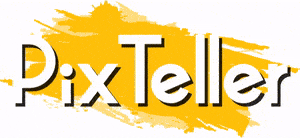5 AI Tools Every Digital Marketer Should Use in 2026
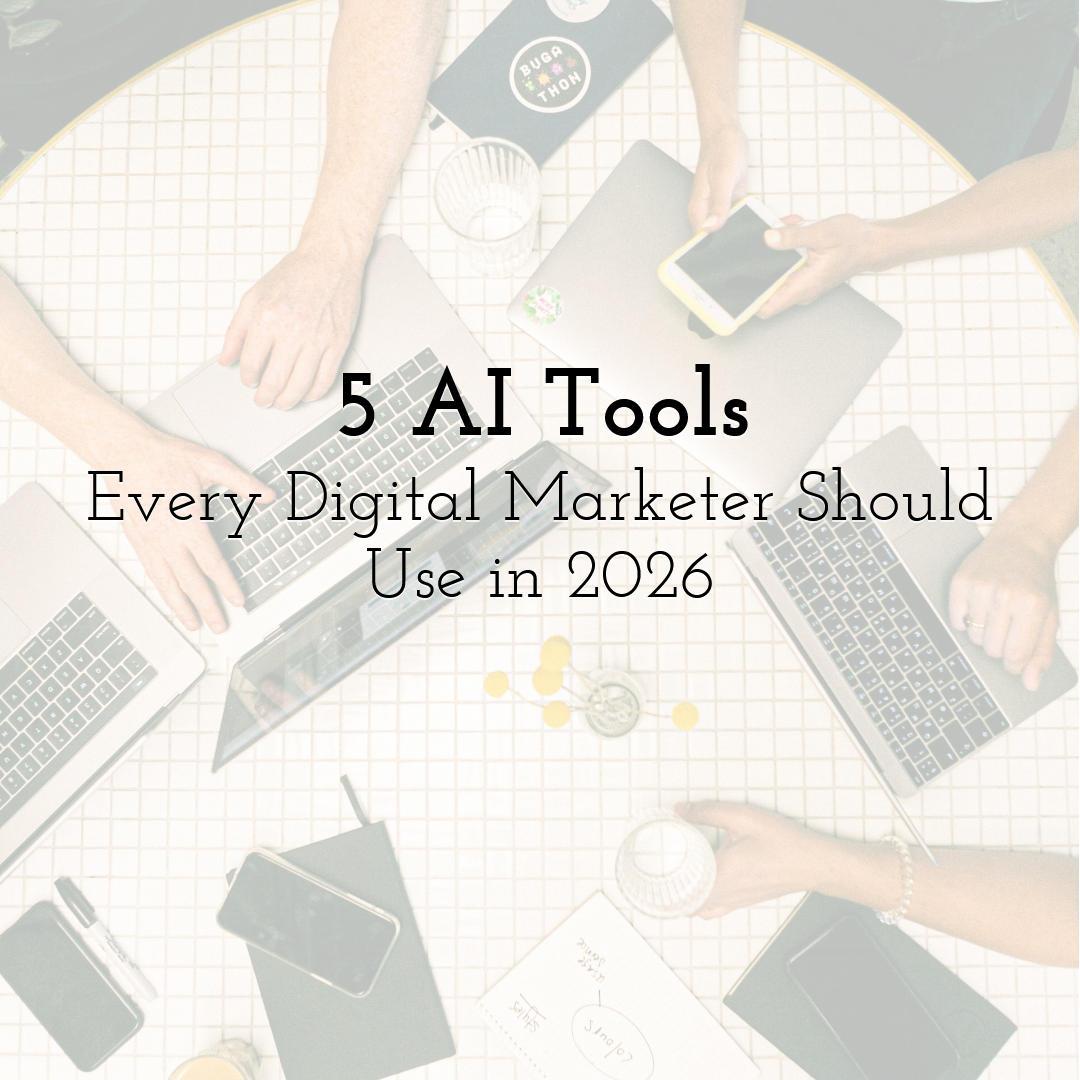
Artificial intelligence has evolved far beyond chatbots and automation. It’s now the creative and strategic engine behind modern marketing, empowering digital marketers to understand audiences at a granular level, craft hyper-personalized content, and predict campaign ROI with remarkable accuracy.
From optimizing ad spend to generating human-like copy and visuals, AI-driven tools are redefining how teams plan, execute, and measure success.
In this post, we’ll explore the top AI tools every digital marketer should use in 2026. This article shares tools, everything from content creation and SEO to analytics, to help you stay ahead in an increasingly intelligent digital landscape.
1. AI-Powered Content Creation and Personalization Tools
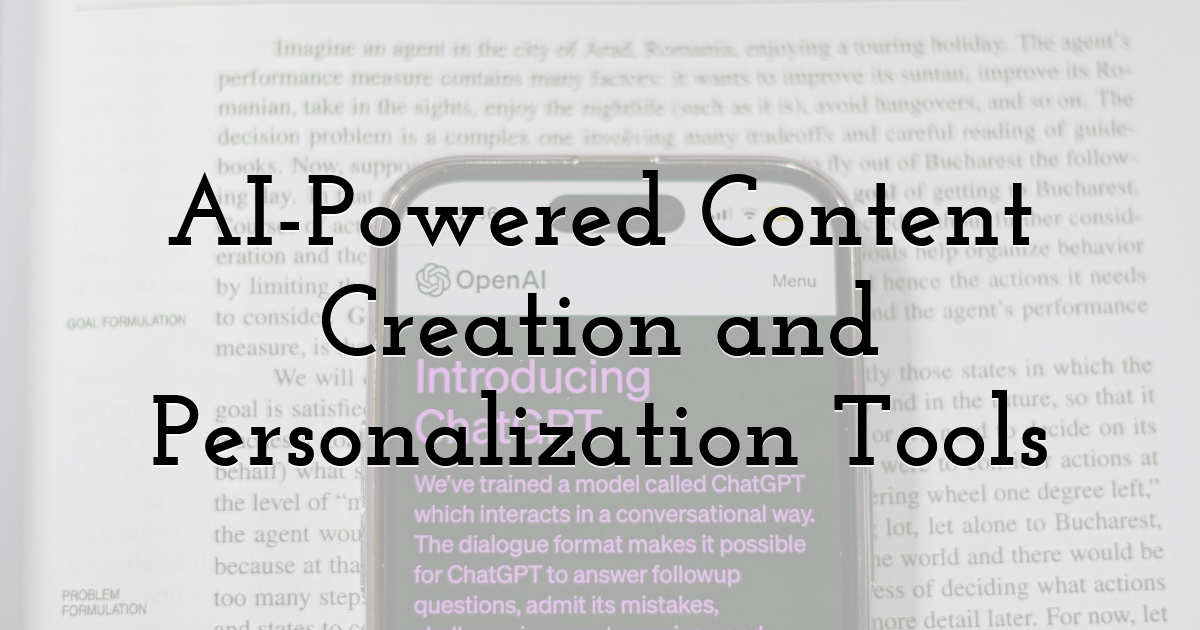
Today, content creation is about crafting messages that feel authentic and relatable. Generative AI tools have matured to the point where they can produce blog posts, visuals, and social media campaigns tailored precisely to audience sentiment and brand tone.
Platforms like Jasper, Copy.ai, and Writesonic go beyond basic automation, enabling marketers to fine-tune their creativity, optimize tone, and maintain brand consistency across all channels.
Though AI-generated content is gaining popularity, standing out from the crowd requires a human touch. To achieve this, marketers are relying on humanized AI writing that makes content sound more natural, emotionally aware, and aligned with the brand. Such tools are key to bridging the gap between efficiency and authenticity, ensuring that automation doesn’t compromise engagement.
These AI-powered content assistants allow teams to scale content production without losing quality. These can be leveraged to create all forms of content from personalized product descriptions to data-backed blog drafts.
When combined with smart visual generation tools for imagery and layout design, content creation tools can deliver cohesive, emotionally resonant content experiences.
2. AI Tools for SEO
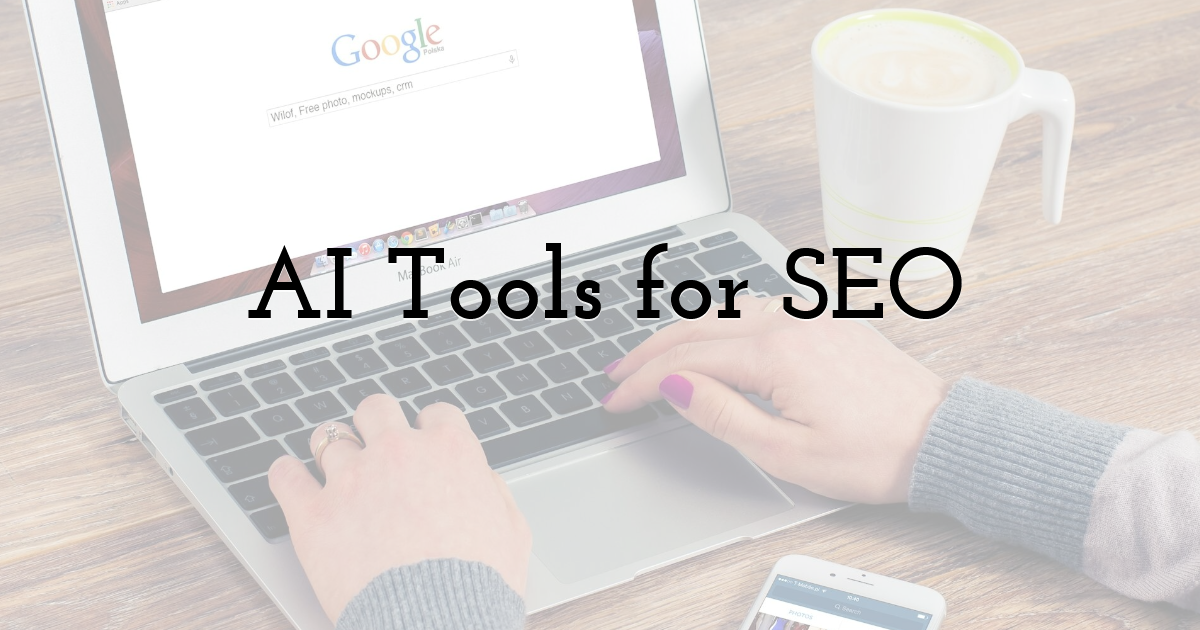
As we move into 2026, SEO will continue to become more data-driven. AI-enabled SEO tools will help marketers uncover keyword opportunities, analyze intent, and optimize pages for both users and algorithms.
Platforms like SurferSEO, Clearscope, and MarketMuse use machine learning models to evaluate top-ranking content, identify semantic gaps, and recommend structure, tone, and readability improvements to boost visibility.
These tools can also predict what content will perform best based on evolving search trends and audience behavior. Such recommendations can help content marketers maintain topic authority while avoiding keyword stuffing or outdated optimization practices.
By combining AI insights with human creativity, marketers can share content that’s discoverable on the search engine results pages. AI can assist them in staying aligned with Google’s ever-evolving algorithms while delivering genuine value to readers.
4. AI Analytics and Campaign Intelligence Platforms
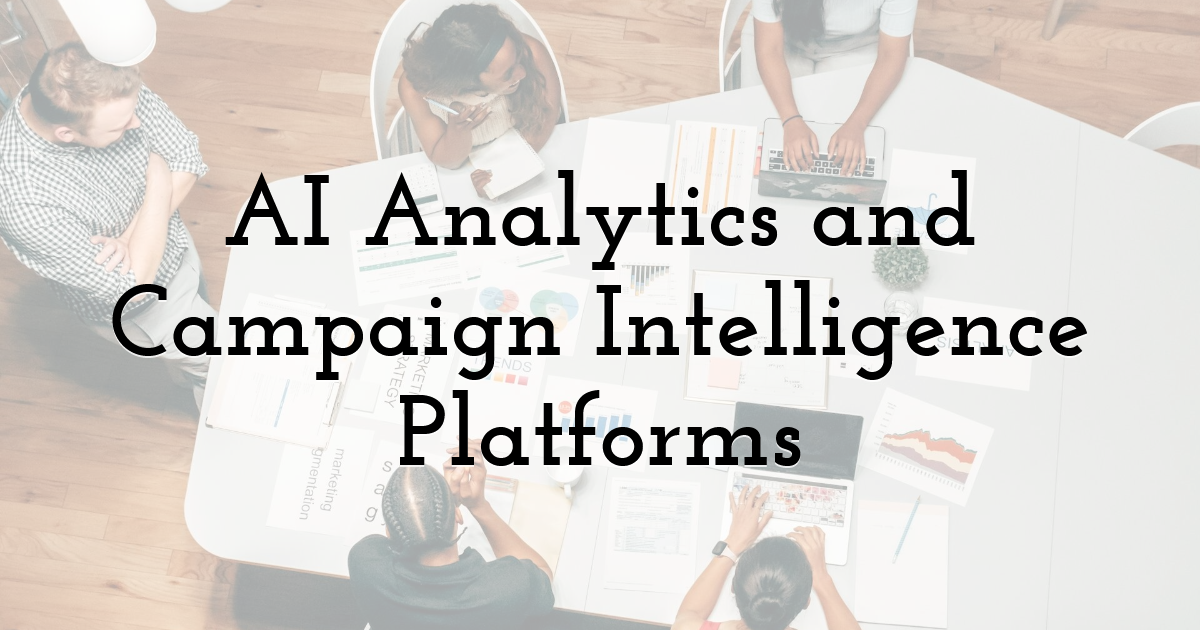
Data is the cornerstone of every successful marketing strategy, and AI is helping marketers make it actionable. Modern analytics platforms leverage AI to track user behavior across multiple touchpoints, reveal hidden performance patterns, and predict which campaigns will drive the highest ROI.
Tools like Google Analytics 4 (GA4) and AdCreative.ai enable marketers to make sense of complex datasets, enabling faster, smarter decisions about audience targeting, ad spend, and content performance.
Besides, AI simplifies the most time-consuming tasks in marketing: reporting. Automated dashboard templates can help with compiling data, visualizing KPIs, and suggesting optimization strategies in real time.
For analytics and finance teams, pairing such insights with finance management solutions can unearth insights related to cost management. For instance, an expense report template can help marketers track campaign costs, measure profitability, and reduce waste without manual effort.
By connecting performance analytics with financial intelligence, marketers gain a complete view of how every dollar spent translates into engagement, leads, and revenue.
4. AI for Design and Creative Automation
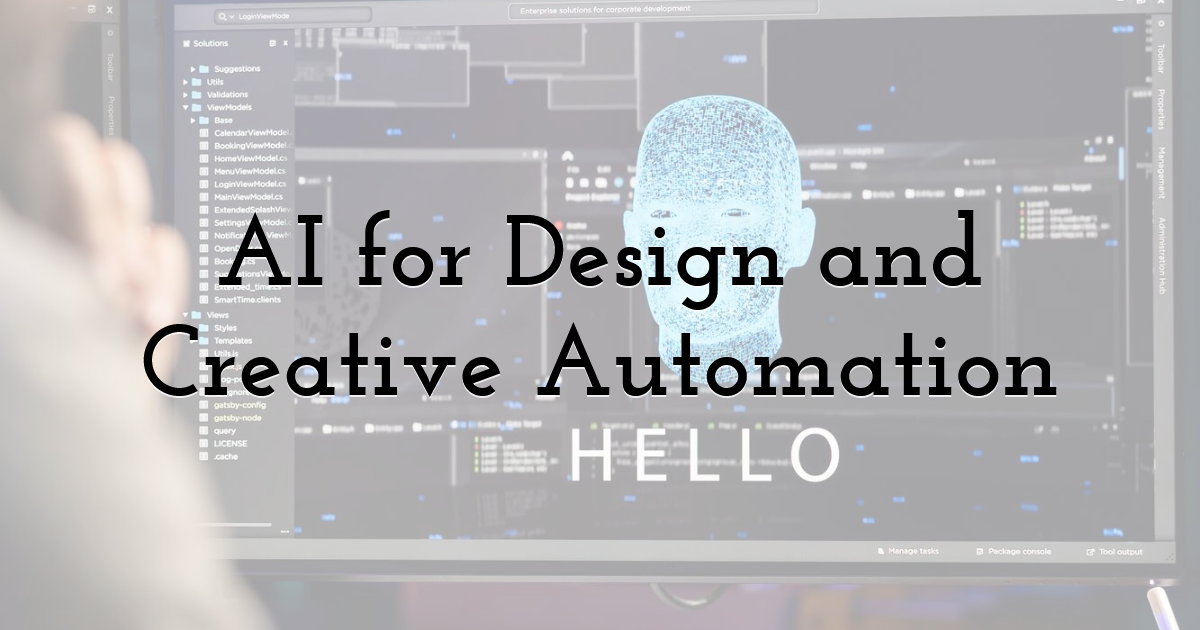
AI is transforming design for creatives by helping them visualize and scale content production. What once required entire design teams can now be achieved in minutes with AI-powered platforms that merge creativity with automation.
AI design tools for images and animated videos, like PixTeller, allow content creators and marketers to instantly generate branded visuals, social posts, and video assets that match audience preferences.
Design assistants analyze layout balance, color harmony, and user engagement data to recommend the most impactful visuals for each channel. This allows marketing teams to create assets faster without compromising on originality and brand identity.
For growth-focused businesses and solo creators, these tools remove the creative bottlenecks and make professional design accessible to everyone. They can generate social media banners and automate ad creatives at scale.
5. AI Tools for Customer Engagement and Personalization
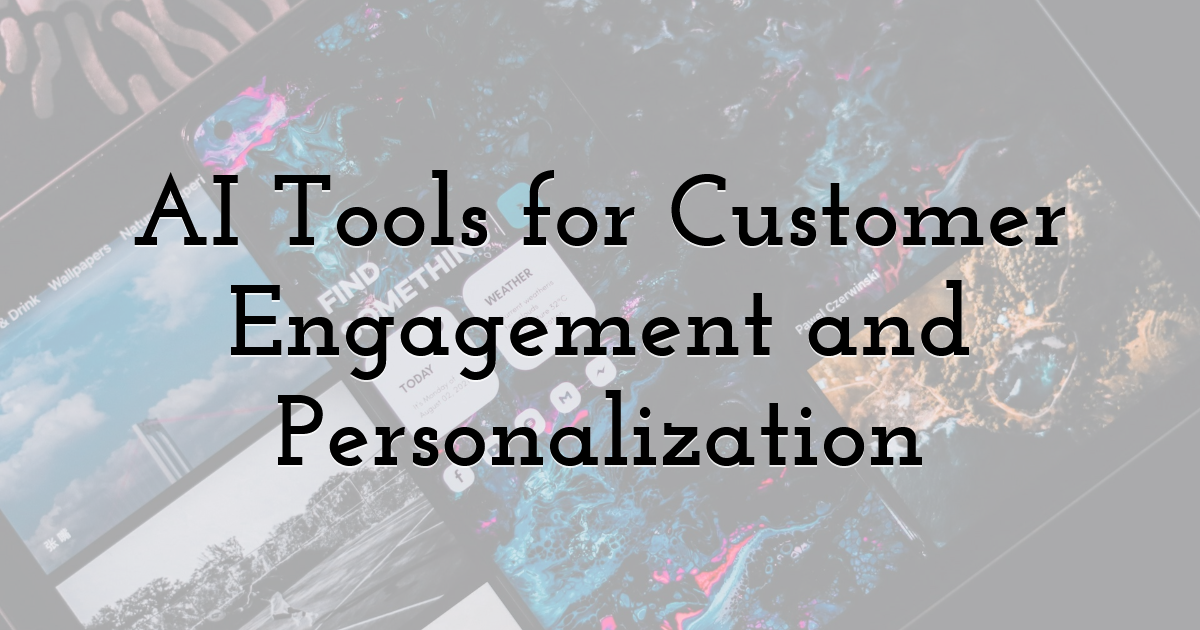
With AI, customer engagement is not just about knowing how users behave online but also the intent behind it. From intelligent chatbots to predictive recommendation engines, marketers now use tools like Markopolo to deliver real-time, hyper-personalized experiences across channels.
Tools like Intercom and ChatGPT-powered assistants enable brands to hold natural, context-aware conversations that guide customers from interest to conversion seamlessly. AI-driven recommendation systems analyze browsing behavior, purchase patterns, and engagement signals to suggest products and offers most likely to resonate with individual users.
What sets successful marketers apart from the rest is the ability to balance automation with authenticity. Brands are leveraging various technologies to make automated engagements feel genuine and emotionally intelligent. Thus, they can ensure deeper connections, higher retention, and customers who feel truly understood across touchpoints.
What to Look for When Choosing AI Tools
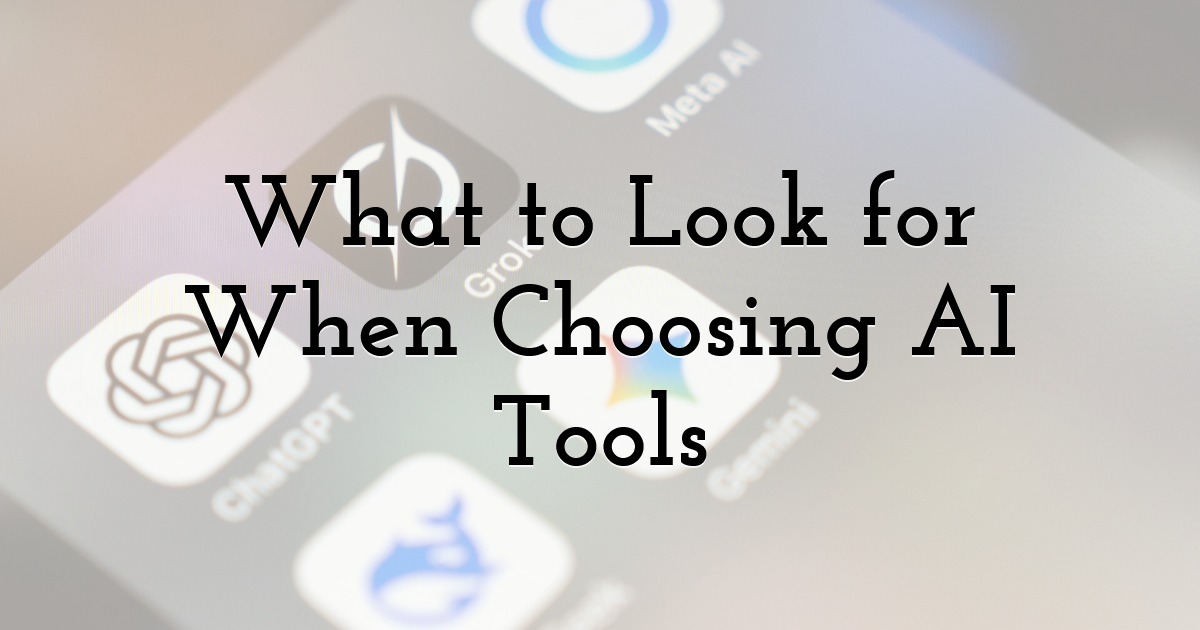
Choosing the right AI tools can make or break your marketing strategy. Start by evaluating the following factors.
- • Scalability: Choose AI tools that can handle growing datasets, increasing user interactions, and multi-channel campaigns without slowing down, ensuring they remain effective as your marketing demands expand.
- • Integration: Ensure the platform connects smoothly with your existing CRM, analytics, email marketing, and content management systems to centralize workflows and reduce manual data transfers.
- • Ease of use: Select tools with intuitive dashboards, clear tutorials, and minimal setup friction so your team can adopt quickly and focus on strategy rather than technical hurdles.
- • Customer engagement capabilities: Opt for tools that allow real-time conversations, chat automation, and AI-driven responses to improve engagement and conversion rates.
- • Content automation and personalization: Go for platforms that generate personalized messages, emails, and recommendations, reducing manual and repetitive work while keeping content relevant to individual users.
- • Data privacy and compliance: Verify that AI providers follow GDPR, CCPA, and other regulations, ensuring sensitive user data is protected and marketing campaigns stay compliant.
- • ROI tracking: Look for tools that measure performance across campaigns, channels, and audience segments, allowing actionable insights and smarter allocation of marketing budgets.
Remember: Human oversight is key. Even with automation and the most advanced AI models in place, human review is central to aligning your AI content with the brand voice and messaging strategy while maintaining ethical standards.
Final Thoughts:
In the coming years, intelligent automation paired with human insight will define how marketers go about their online marketing. In 2026 and beyond, teams will embrace AI tools for content creation, SEO, analytics, design, and personalization to make faster, data-driven decisions while maintaining authenticity and creativity.
However, to leverage AI to its full potential, you must experiment, integrate, and optimize continuously. This will help you to anticipate trends, engage audiences meaningfully, and unlock new growth opportunities.
Use the tools and tips shared in this article to position yourself at the forefront of the ongoing marketing evolution.
Until next time, Be creative! - Pix'sTory
Recommended posts
-
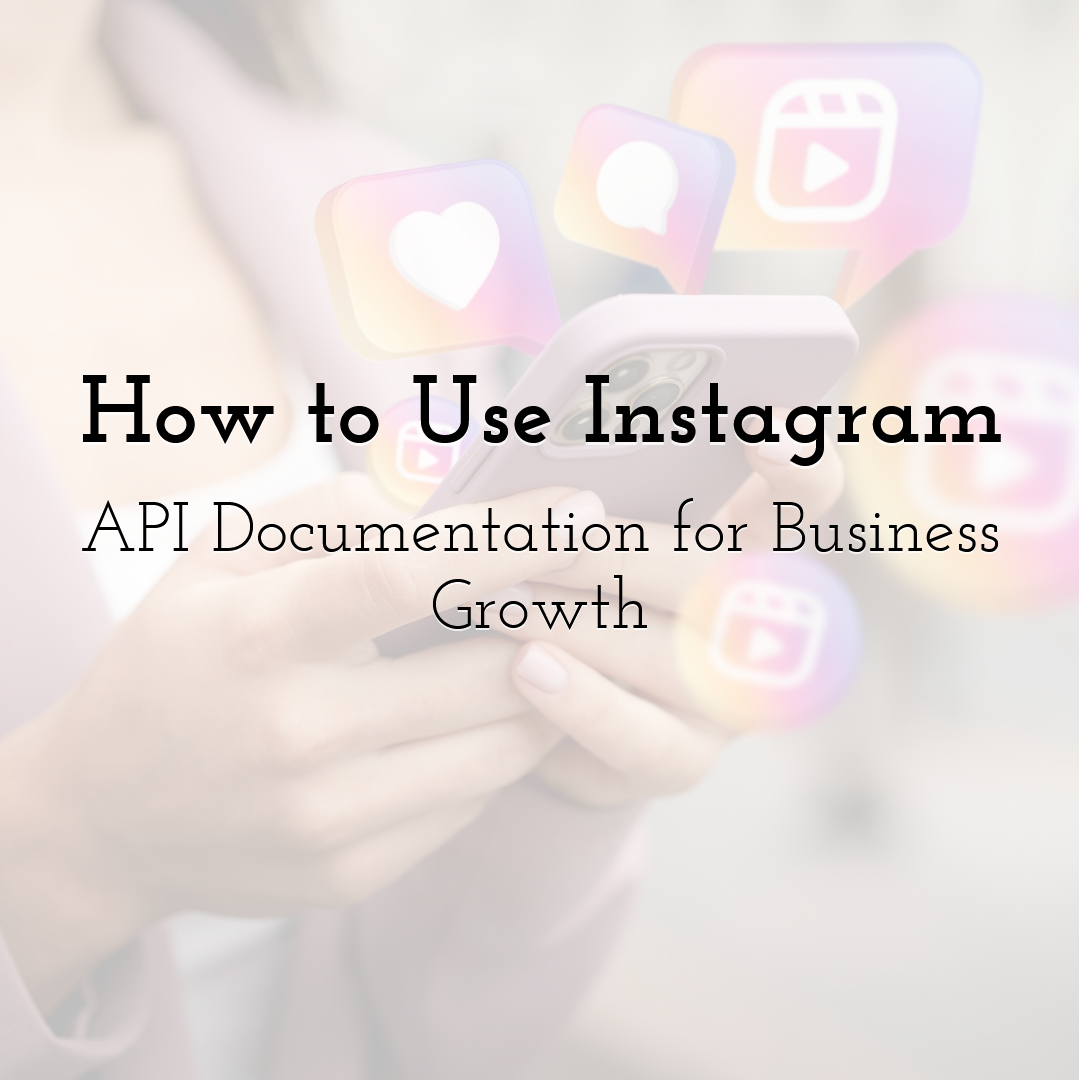
How to Use Instagram API Documentation for Business Growth
Read More › -
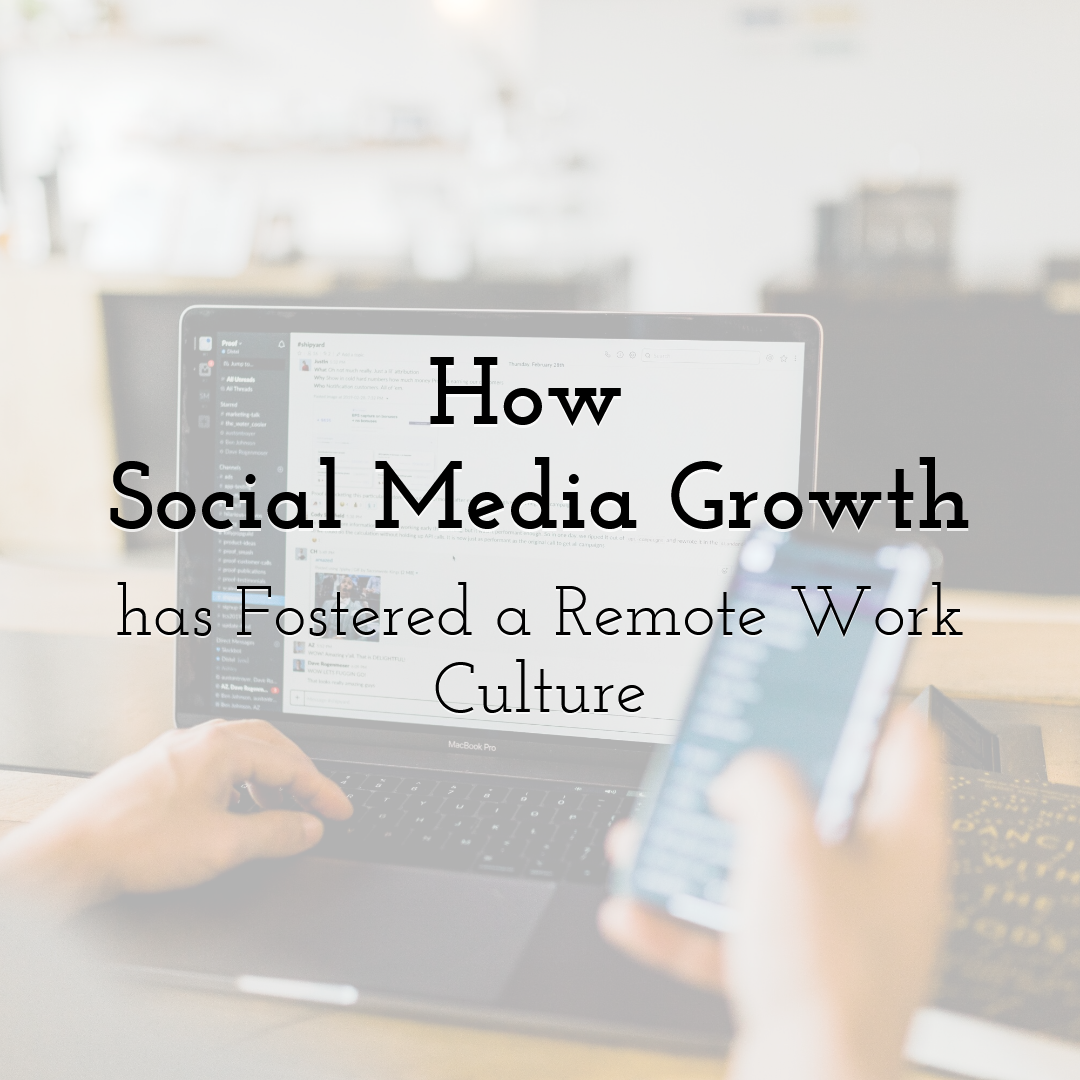
How Social Media Growth has Fostered a Remote Work Culture
Read More › -

8 Productivity Tips to Help Get Your Business Off the Ground
Read More › -
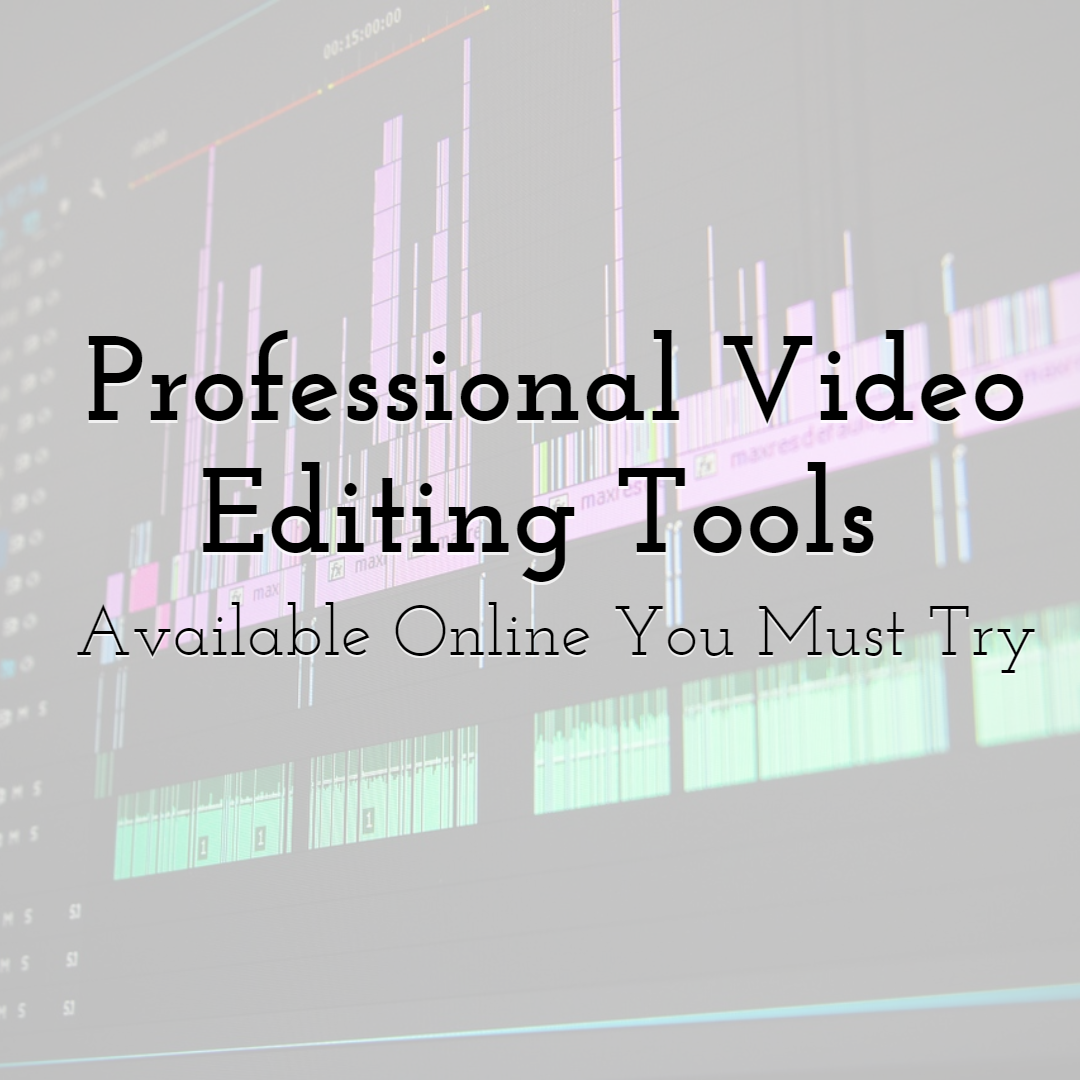
10 Best Free Professional Video Editing Tools Available Online You Must T...
Read More › -
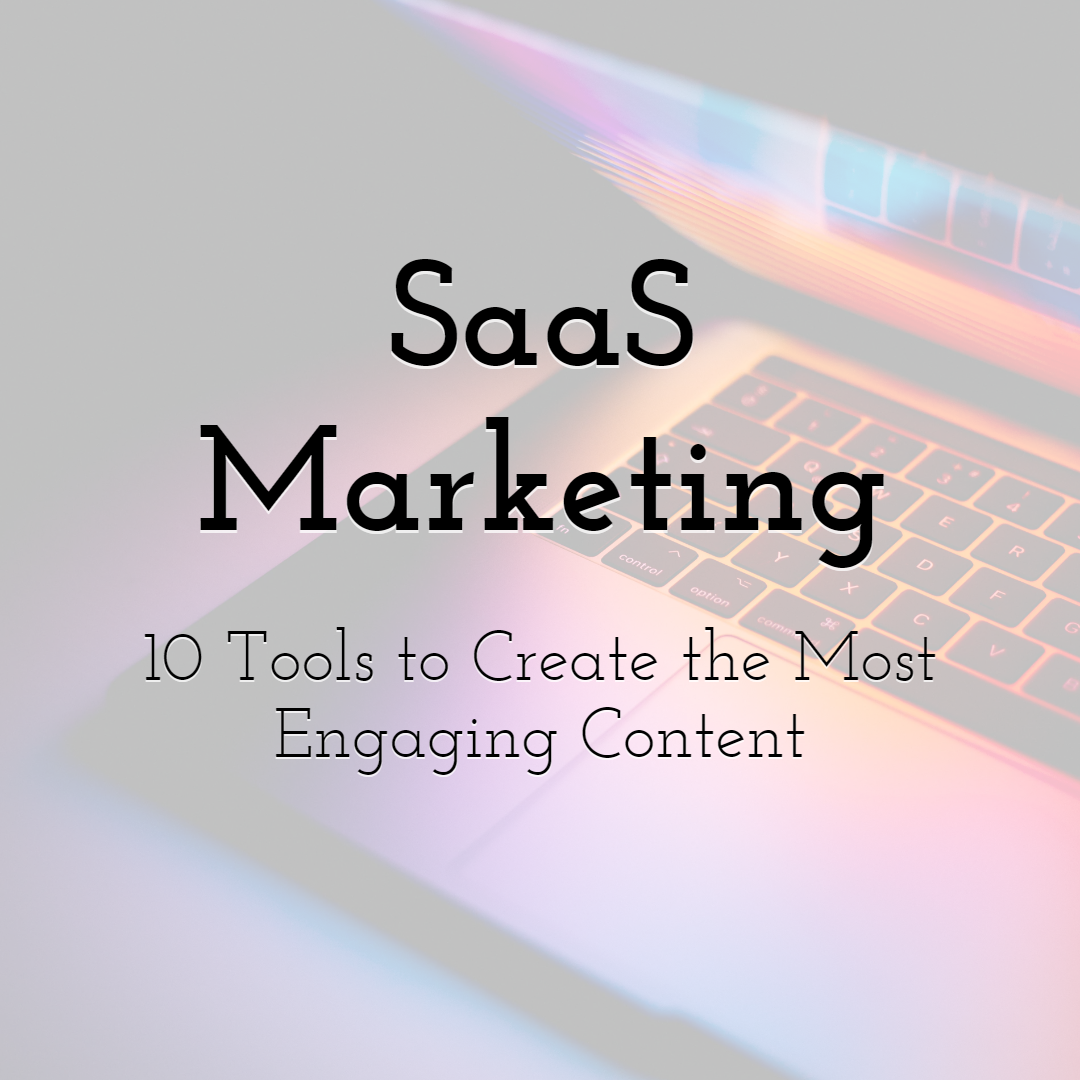
10 Tools to Create the Most Engaging Content for SaaS Marketing
Read More › -
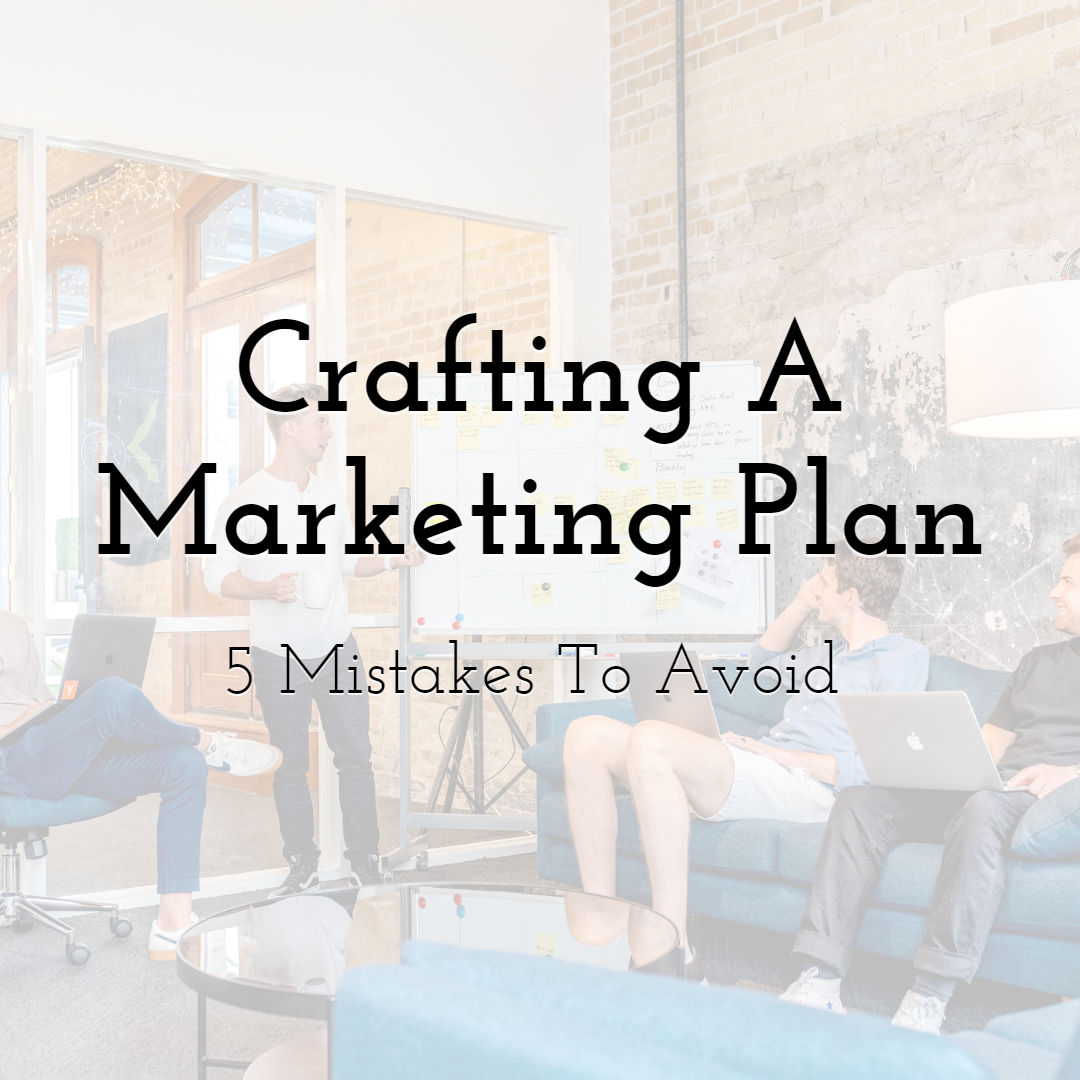
5 Mistakes to Avoid when Crafting a Marketing Plan
Read More ›
